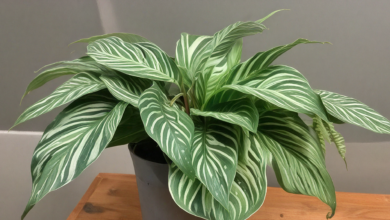15 Different Types of Lilies: A Journey through the World of Lilies
Explore 15 types of lilies, from fragrant Orientals to colorful Asiatic Hybrids.
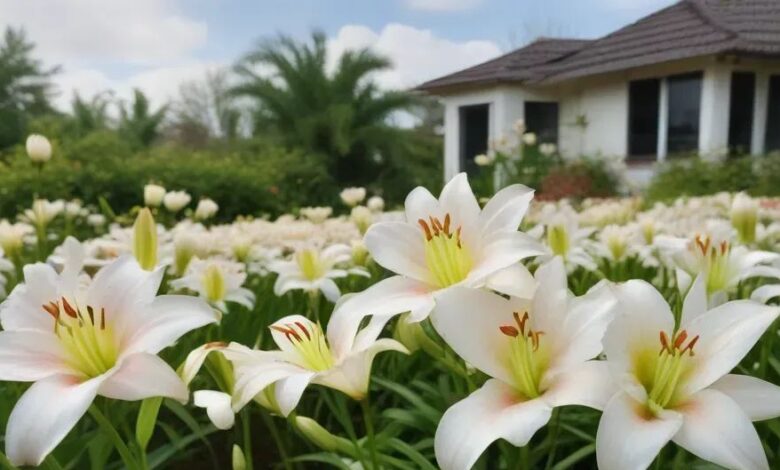
Lilies stand as a cherished choice amidst flower enthusiasts and gardeners worldwide, captivating hearts with their remarkable array of shapes, hues, and fragrances. Their diversity caters to every preference and garden size, beckoning individuals to explore the boundless possibilities they offer. From the captivating allure of the Gloriosa Lily to the mesmerizing scent of Oriental Lilies, and the robust elegance of Asiatic Hybrids, each variety holds its own unique charm, ensuring there’s a perfect match for every taste and space in the garden.
15 Different Types of Lilies
1. Asiatic Hybrids

A diverse array of hues, including pink, red, orange, yellow, white, and even bi-colors, are displayed by Asiatic Hybrids, which are among the first to blossom. They make beautiful cut flowers because of their robust stems and petals that face upwards. Because of their resilience and low maintenance requirements, these lilies are ideal for novice gardeners.
2. Oriental Hybrids
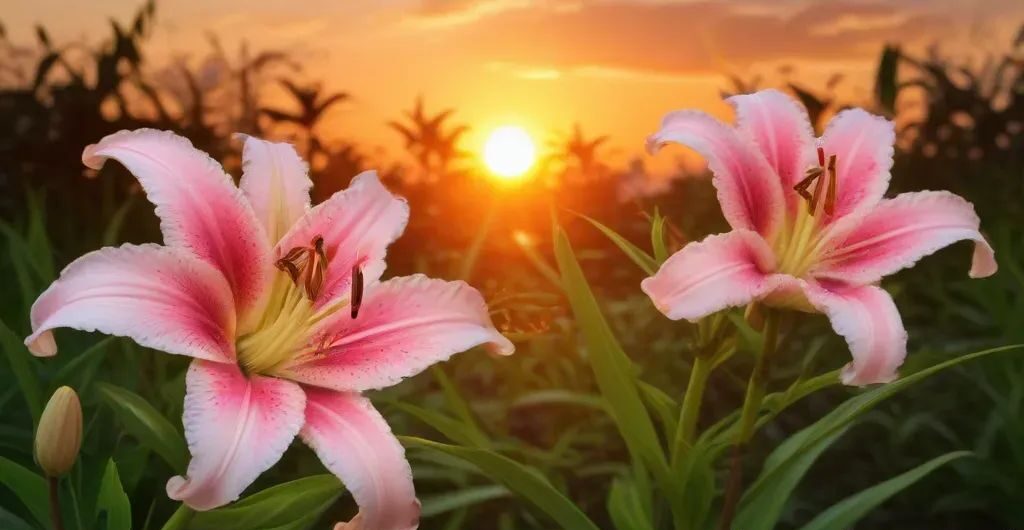
The huge, fragrant flowers and vivid colors of Oriental Hybrids are the reason for their fame. For a truly spectacular garden display, try cultivars such as ‘Stargazer’ or ‘Casa Blanca,’ which feature striking white and pink petals. These lilies thrive in milder climates and require soil that drains properly for optimal growth.
3. Trumpet Lilies
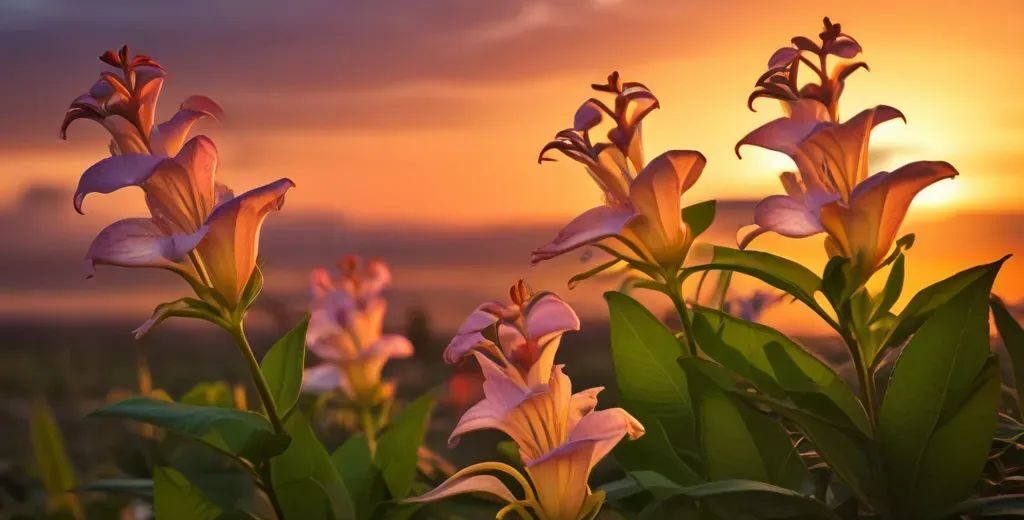
The trumpet-shaped flowers of Trumpet Lilies, also known as Aurelian Hybrids, are the reason for their name. In addition to coming in a variety of pink, apricot, white, and yellow hues, they also release a powerful, sweet scent. Trumpet lilies are a show-stopping addition to any landscape because of their towering stature.
4. Martagon Hybrids
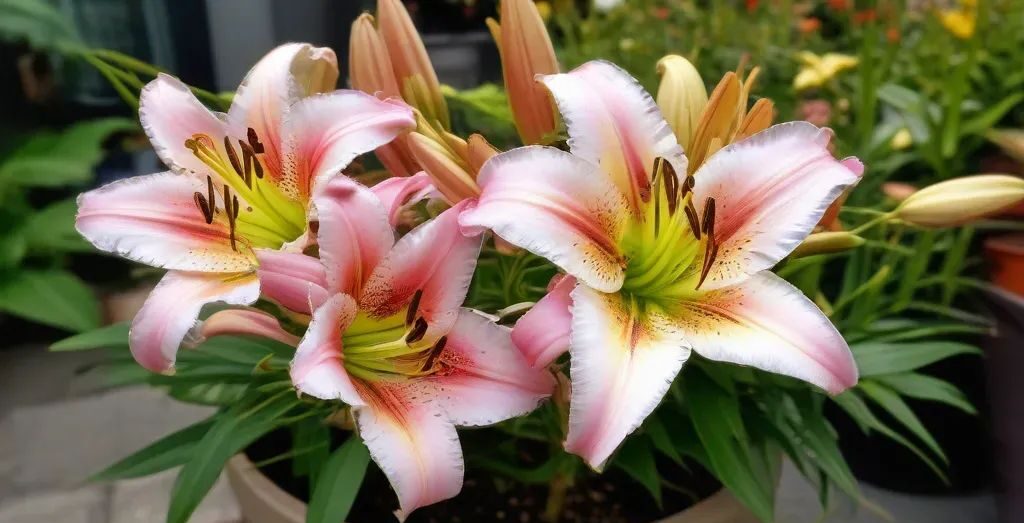
The little, downward-facing blossoms adorned with curled petals are known as Martagon or Turk’s Cap Lilies. These lilies are perfect for gardens near woods because they love partial shade. You may find them in a rainbow of colors—pink, yellow, and purple—and they’re hardy enough to survive in colder climes.
5. LA Hybrids
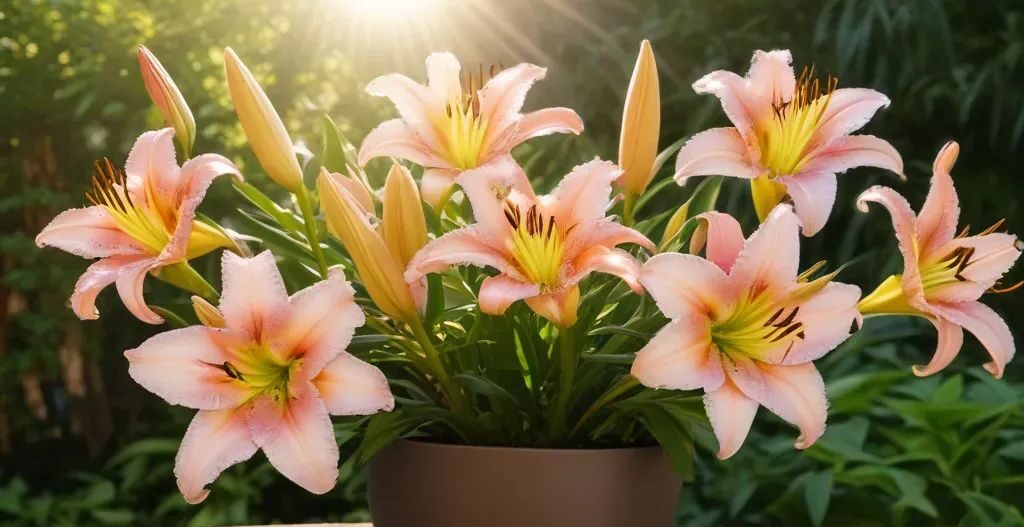
By crossing different types of Longiflorum (Easter lily) with Asiatic lilies, LA hybrids are created. They are hardier and more colorful than Asiatic lilies, but they take after the trumpet form of Easter lilies. The vivid hues and adaptability of LA Hybrids make them a popular choice for both outdoor and indoor planting spaces.
6. Oriental-Trumpet Hybrids (OT or Orienpets)
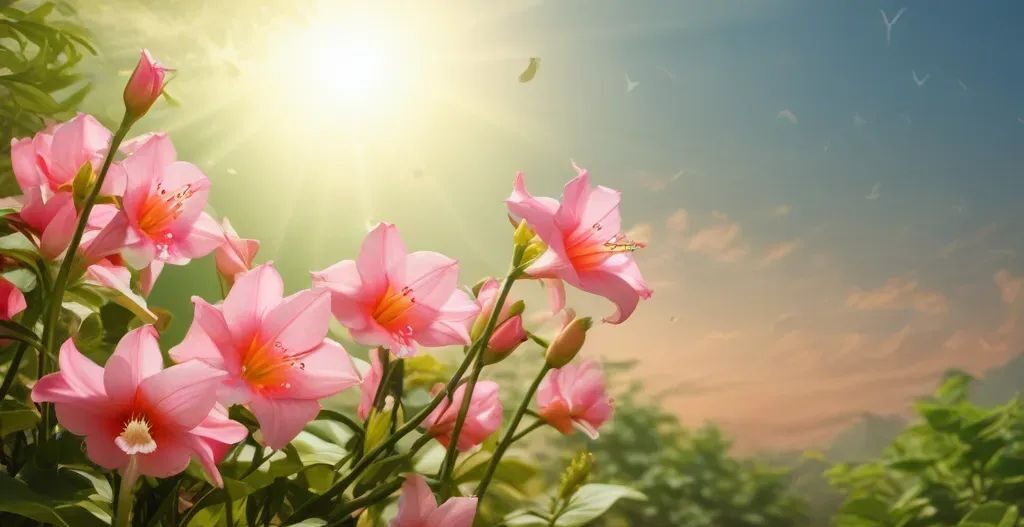
With their huge, fragrant petals held on robust stalks, orienpets combine the best qualities of both Oriental and Trumpet lilies. These powerful hybrids combine the aromatic qualities of Oriental lilies with the hardiness and adaptability of Trumpet types, making them ideal for both indoor and outdoor use.
7. Longiflorum (Easter Lily)
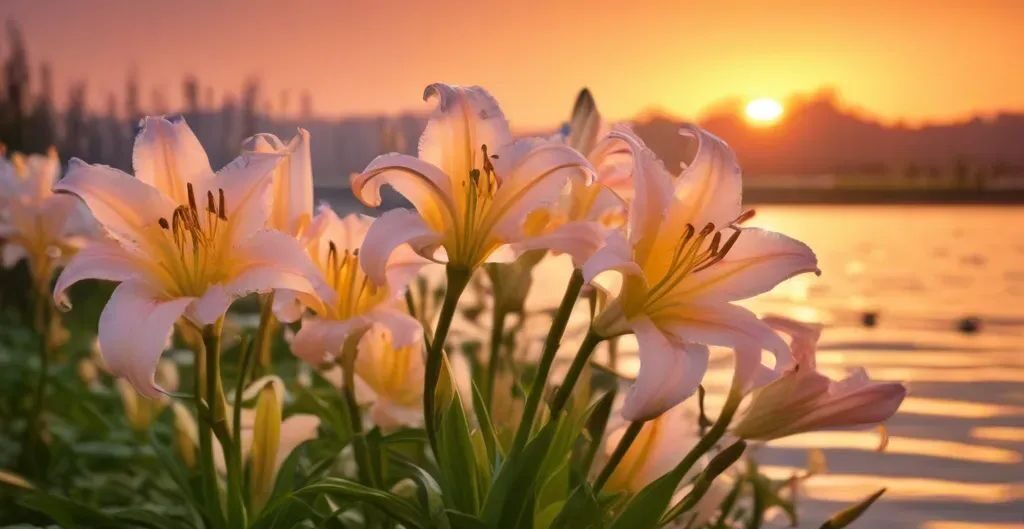
The Easter Lily is well-known for its beautiful scent and trumpet-shaped, pure-white blossoms. The innocence and optimism represented by these lilies have long been linked to Easter. Soils that drain well and full sun to moderate shade are ideal for these plants.
8. Tiger Lily (Lilium lancifolium)
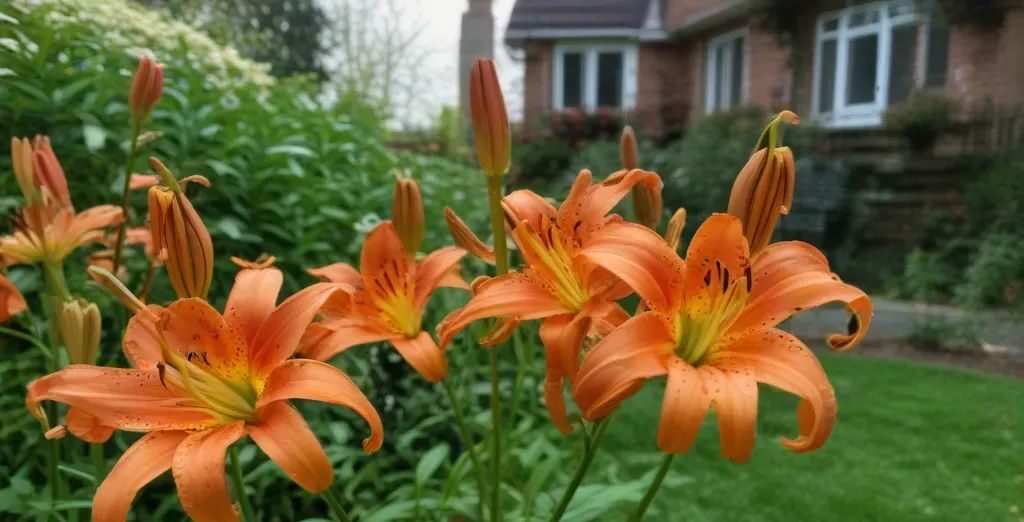
The bright orange blossoms of the Tiger Lily are easily identifiable due to their pattern of black spots, which resembles a tiger’s coat. Extremely adaptable, this species may thrive in many different environments. Another notable trait is its prolific bulbil production throughout the stem, which can be used for plant propagation.
9. Canada Lily (Lilium canadense)
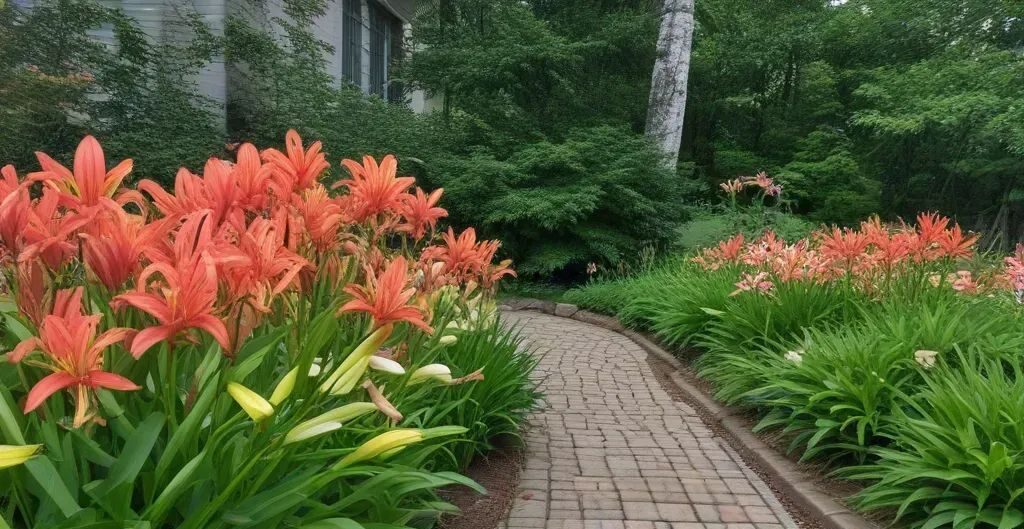
Drooping bell-shaped flowers with spotted patterns and a variety of yellow, orange, and red hues are characteristic of the Canada Lily. It brings an air of untamed charm to any garden and thrives in damp woodland environments.
10. Madonna Lily (Lilium candidum)
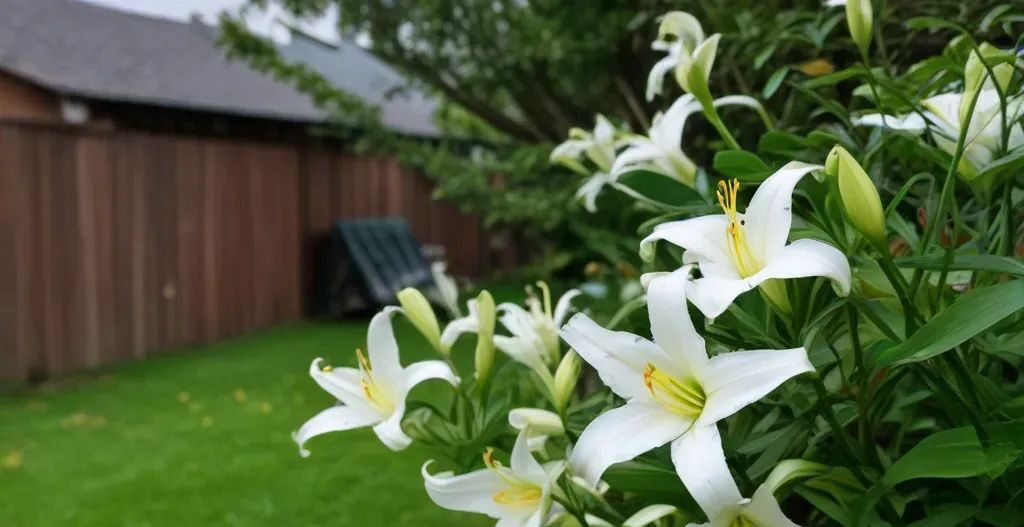
Since ancient times, the Madonna Lily has been much admired due to the tranquility of its white blossoms and the sweetness of its smell. This plant blooms in the early summer months and thrives in milder climates with soil that drains well.
11. Regal Lily (Lilium regale)
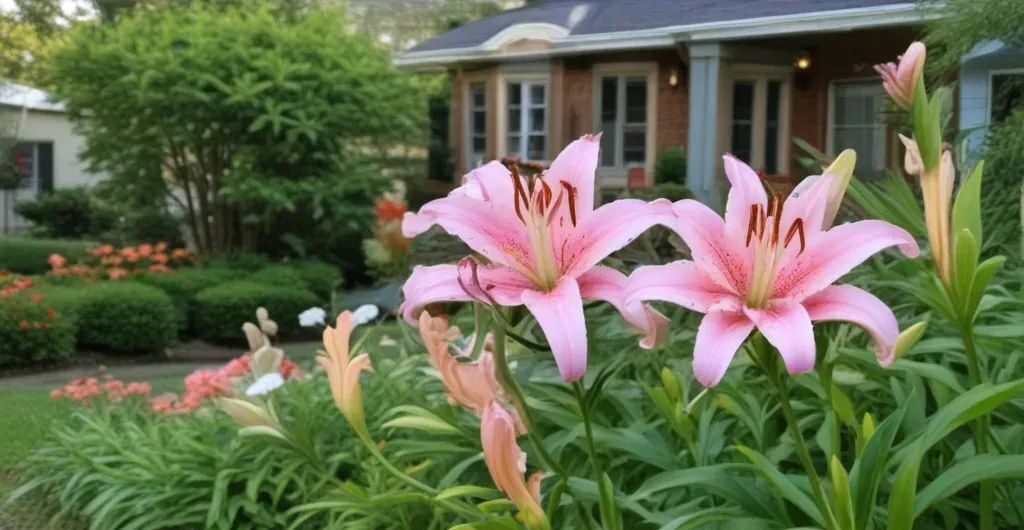
The enormous, trumpet-shaped white blossoms of the Regal Lily have a powerful, sweet aroma with a little pink or yellow on the outside. It is a magnificent addition to any garden and does best in full sun with well-drained soil.
12. Leopard Lily (Lilium pardalinum)
The Leopard Lily is named after the leopard’s coat because of its vibrant orange-red blossoms and darker markings. It brings an exotic, untamed vibe to any garden and thrives in slightly shaded areas with moist, well-drained soil.
13. Gloriosa Lily (Gloriosa superba)
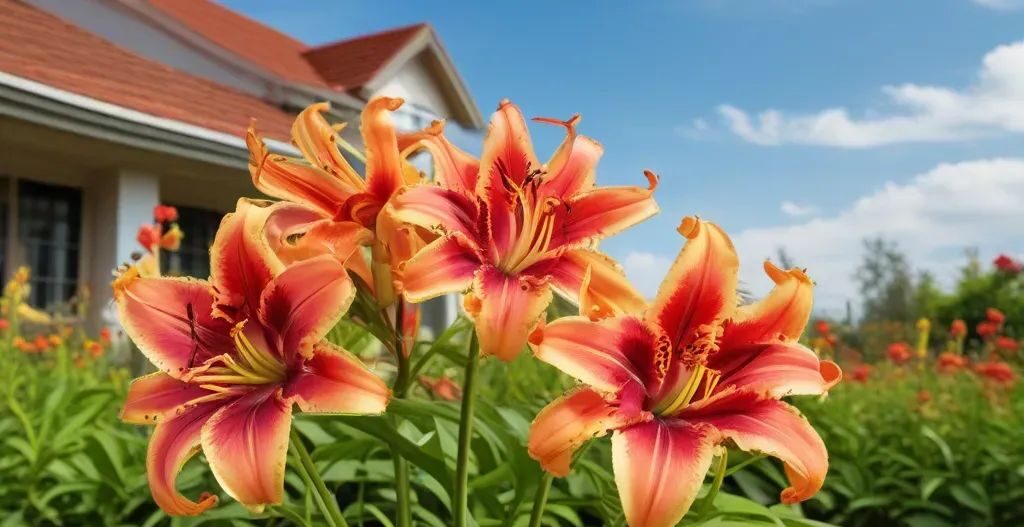
The Gloriosa Lily is worth mentioning for its distinctive appearance, even if it is not a real lily. The climbing vine has showy, curved blooms in red and yellow. It is a show-stopping addition to any garden and needs a sturdy support system to ascend.
14. Rain Lily (Zephyranthes)
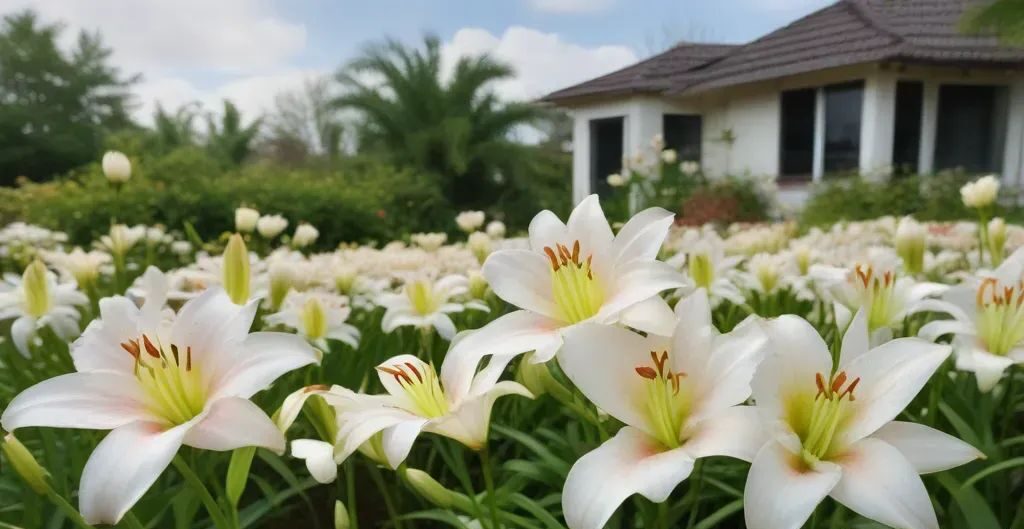
Another deserving plant is the little bulbous Rain Lily, which, when it rains, blooms with tiny, lily-like flowers in shades of white, pink, or yellow. They provide a splash of color after a rainstorm and are hence ideal for rock gardens and borders.
15. Calla Lily (Zantedeschia)
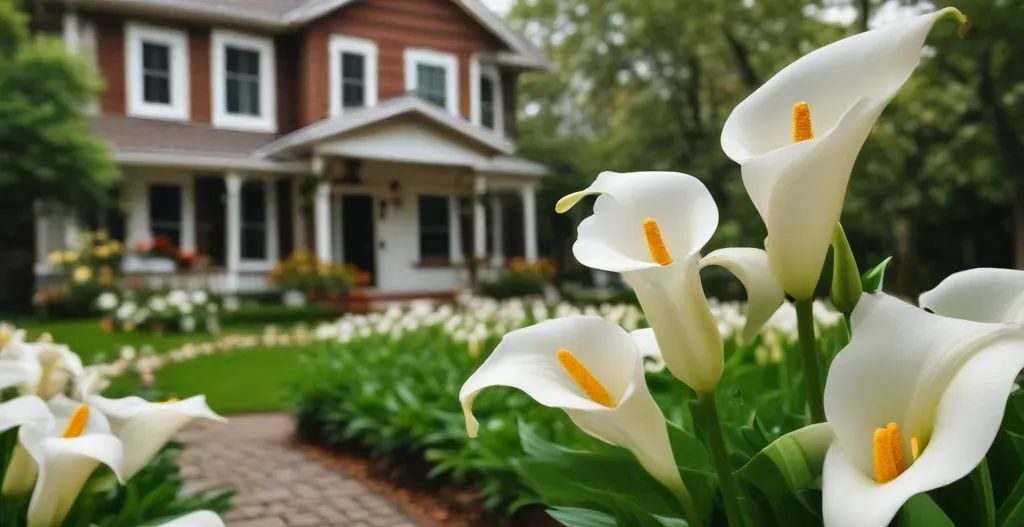
The Calla Lily is a popular choice for bridal bouquets and ceremonies because to its beautiful trumpet-shaped blossoms, even though it is not a real lily. Calla lilies, which come in a variety of colors (white, pink, purple, and yellow), thrive in damp, well-drained soil.
Essential Care Tips for Lilies
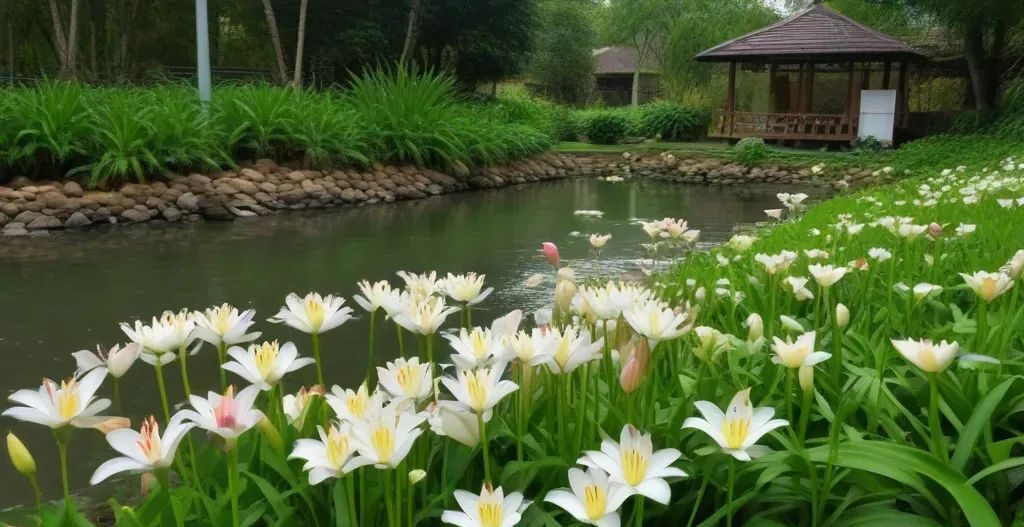
If you take the time to properly care for your lily plants, you can have the delight of seeing your garden blossom with the most exquisite and aromatic flowers a garden has ever seen. If you want your lilies to flourish and provide color to your yard, whether they’re Oriental, Asiatic, or any other kind, here are some things you must do.
1. Choose the Right Spot
While lilies thrive in full sunshine, they are also quite happy in partial shade. Try to choose a site that receives six or more hours of sunshine every day. Some Oriental lilies and other types prefer cooler climates, so it’s best to find a spot that gets some afternoon shade so they don’t get burned by the sun.
2. Plant Properly
Proper planting techniques are the foundation of a flourishing lily garden. Planting lily bulbs in soil that is three times their height allows for adequate room for the bulbs to mature. To ensure that your bulbs don’t rot, you should improve the drainage. If your soil is thick or clay-rich, you could want to raise your beds or add sand to the planting holes.
3. Water Wisely
Waterlogged soil is bad for lilies, even though they appreciate damp soil. If you want your lilies to grow roots, water them deeply but make sure the soil dries out a little bit in between. Water deeply once a week instead of little and often; this is a good general rule of thumb.
4. Mulch for Moisture and Temperature Control
Organic mulch has many uses, including preventing soil drying out, keeping weeds at bay, and stabilizing soil temperatures. Carefully spread a layer of mulch around your lilies, no more than two or three inches deep, avoiding pressing the mulch up against the stems.
5. Fertilize for Flourishing Flowers
Apply a balanced 10-10-10 fertilizer to your lilies as they begin to grow in the spring and again right before they bloom. Fertilizers that are heavy in nitrogen might encourage plant growth without benefiting flowering plants. To ensure steady nutrition, you might also try a bulb meal with a slow release.
6. Deadhead and Prune
To stop your lilies from wasting energy on seed formation, pluck off the wasted flowers after they’ve flowered. The stems and leaves can keep photosynthesizing and fortify the bulb for the following year’s growth, so don’t remove them. Wait till the stems have died down on their own in the fall before cutting them back.
7. Stake Taller Varieties
Staking may be necessary to prevent wind damage to certain types of lilies due to their potentially tall growth rates. To avoid damaging the bulbs and their roots later on, stake them early in the season.
8. Watch for Pests and Diseases
Common pests that can harm plants include slugs, lily beetles, and aphids. Use the right organic or chemical remedies to treat infestations as soon as possible. In order to prevent fungal diseases, it is important to water plants at the base so that the foliage stays dry and to promote proper air circulation around the plants.
9. Divide and Conquer
To keep lily clumps from becoming too crowded and to encourage healthy growth, divide them every three to four years. After the foliage has faded back, carefully replant the bulbs by digging them out, separating them, and planting them again right away, or save them for planting in the spring.
10. Winter Care
To prevent bulbs from freezing in colder regions, cover your lily beds with a heavy covering of straw or leaves during the initial frost. In the early spring, when new shoots have emerged, remove the mulch.
If you follow these guidelines, you should have no trouble cultivating flourishing lilies in your garden, which will enhance its aesthetic value and aroma. Always do your homework on the individual lilies you are cultivating to ensure they receive the greatest care possible, as different varieties may have different needs.
Conclusion
Lilies are a popular option among flower enthusiasts and gardeners all over the globe due to the incredible variety of shapes, colors, and scents that they offer. Every taste and garden space calls for a different kind of lily, whether it’s the exotic allure of the Gloriosa Lily, the entrancing aroma of Oriental Lilies, or the strong beauty of Asiatic Hybrids. The unique beauty and grace that lilies impart to landscapes can be fully appreciated by gardeners who take the time to learn about the unique requirements and traits of these fifteen varieties of lilies.



